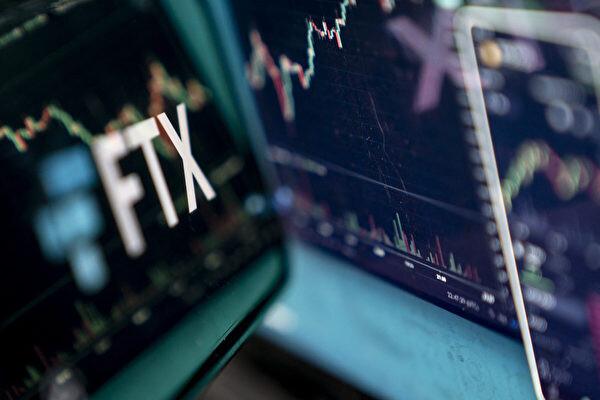FTT, the native digital token for bankrupt cryptocurrency exchange FTX, rallied as much as 35 percent on Jan. 19 after a report revealed that new CEO John J. Ray III is considering restarting the platform.
“Everything is on the table. If there is a path forward on that, then we will not only explore that, we’ll do it,” Ray told the Journal.
“There are stakeholders we’re working with who’ve identified what they see is a viable business.”
It’s unclear if there'd be any customer demand, especially after the company discovered “substantial shortfalls” of its clients’ digital assets at both the U.S. and international exchanges compared to what users are owed.
Now that the crypto exchange is going through Chapter 11 bankruptcy proceedings, Ray’s main objective is to uncover any last vestige of value.
Ray has been forthright about the state of the company, explaining in filings that he'd never “seen such a complete failure of corporate controls,” calling it an “unprecedented” occurrence in his four-decade career.

Ray revealed when he took over FTX that he wasn’t provided a location where FTX staff stored clients’ cash and cryptocurrency. He then discovered that there was no centralized system to determine where the firm stored its money. According to Ray, there was no record or proof of transactions for many of Bankman-Fried’s multimillion-dollar deals.
Bankman-Fried ‘Glad’ About the News
Former CEO Sam Bankman-Fried celebrated the news on Twitter, commenting in a tweet that he’s “glad Mr. Ray is finally paying lip service to turning the exchange back on” after months of resistance.The FTX co-founder has repeatedly claimed that the company is solvent, “as it always as [sic] been.”
Despite investigators noting that the company held only $181 million worth of crypto, Bankman-Fried asserted that they should’ve included the $428 million of cash held by FTX US.
“These claims by S&C [Sullivan & Cromwell] are wrong, and contradicted by data later on in the same document,” he wrote on Substack. “FTX US was and is solvent, likely with hundreds of millions of dollars in excess of customer balances.”
Ray has dismissed Bankman-Fried’s comments, telling the Journal that “we don’t need to be dialoguing with him.”
“He hasn’t told us anything that I don’t already know,” adding that Bankman-Fried’s statements have been misleading.
“That’s unfortunate because people are continuing to be victims right now. They are victims of misinformation,“ he said. ”It’s harmful.”
Still, Bankman-Fried reiterated his stance that FTX is solvent.
“Mr. Ray continues to make false statements based on nonexistent calculations,” he told the Journal. “If Mr. Ray had bothered to think carefully about FTX US, he would likely have realized both that his interpretation is wholly inconsistent with bankruptcy law, and also that even if one were to subtract $250 million from my balance sheet, FTX US would *still* have been solvent. Rather, Mr. Ray sees everything as one big honey pot—one he wants to keep.”
Meanwhile, some market experts aren’t exactly bullish on the idea of relaunching FTX.
The 30-year-old defendant pleaded not guilty. If convicted, he could face up to 115 years in prison.
In the end, crypto enthusiasts appear optimistic about the company’s prospects moving forward as FTT touched a two-month high of $2.50 in intraday trading on Jan. 19. The token’s market cap is inching closer to $750 million, which is still down from its all-time high of $9.39 billion in September 2021.





